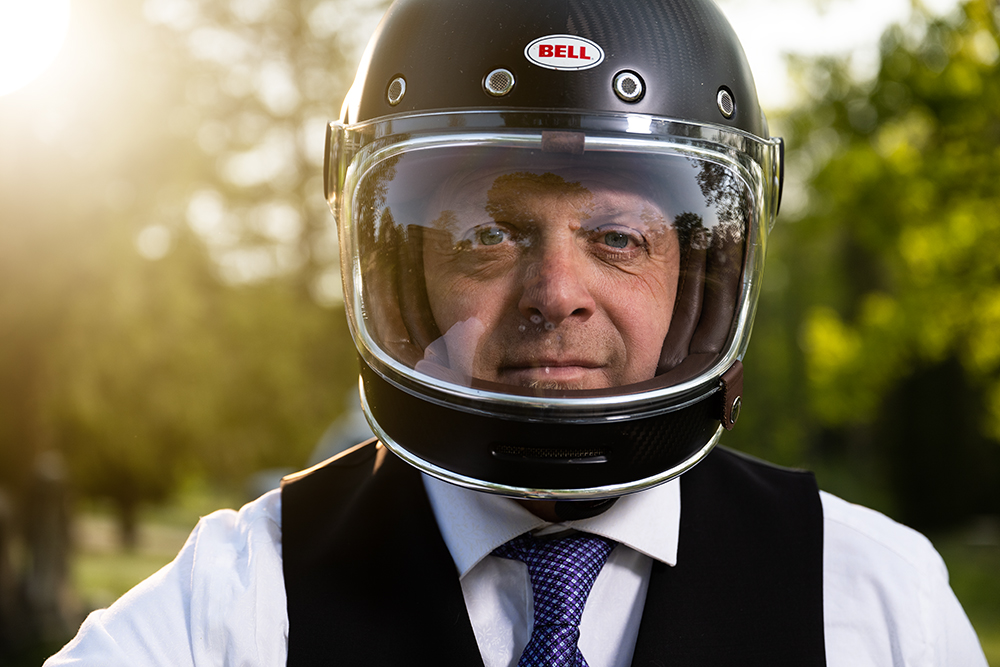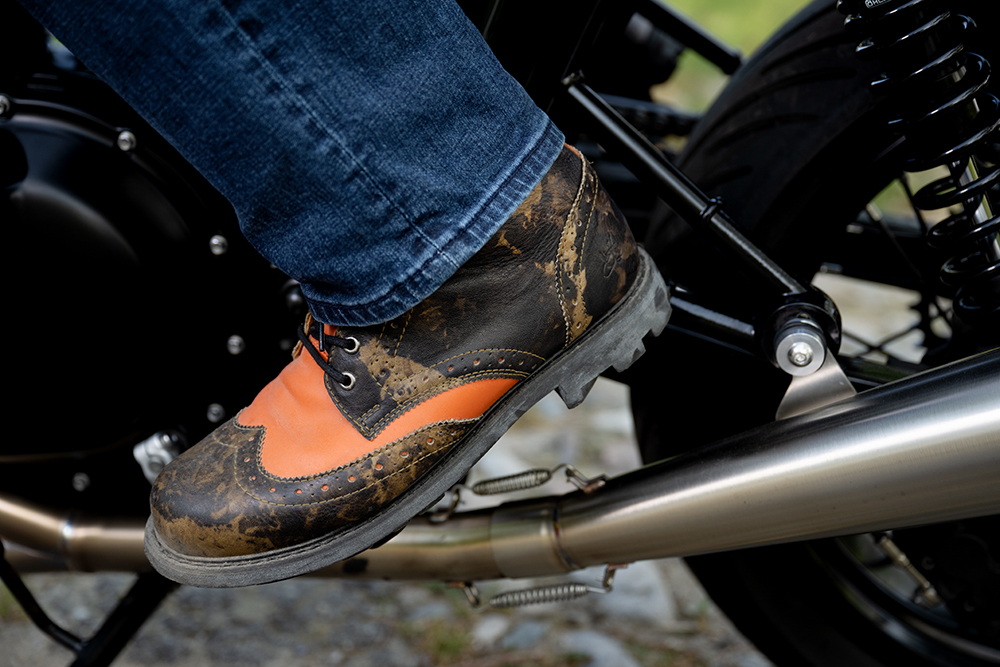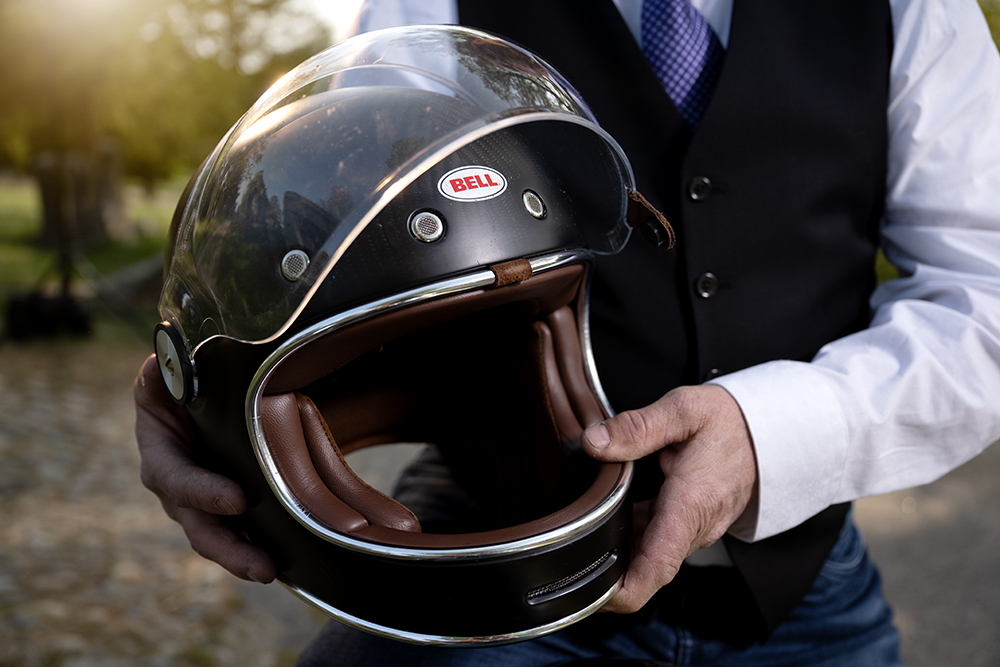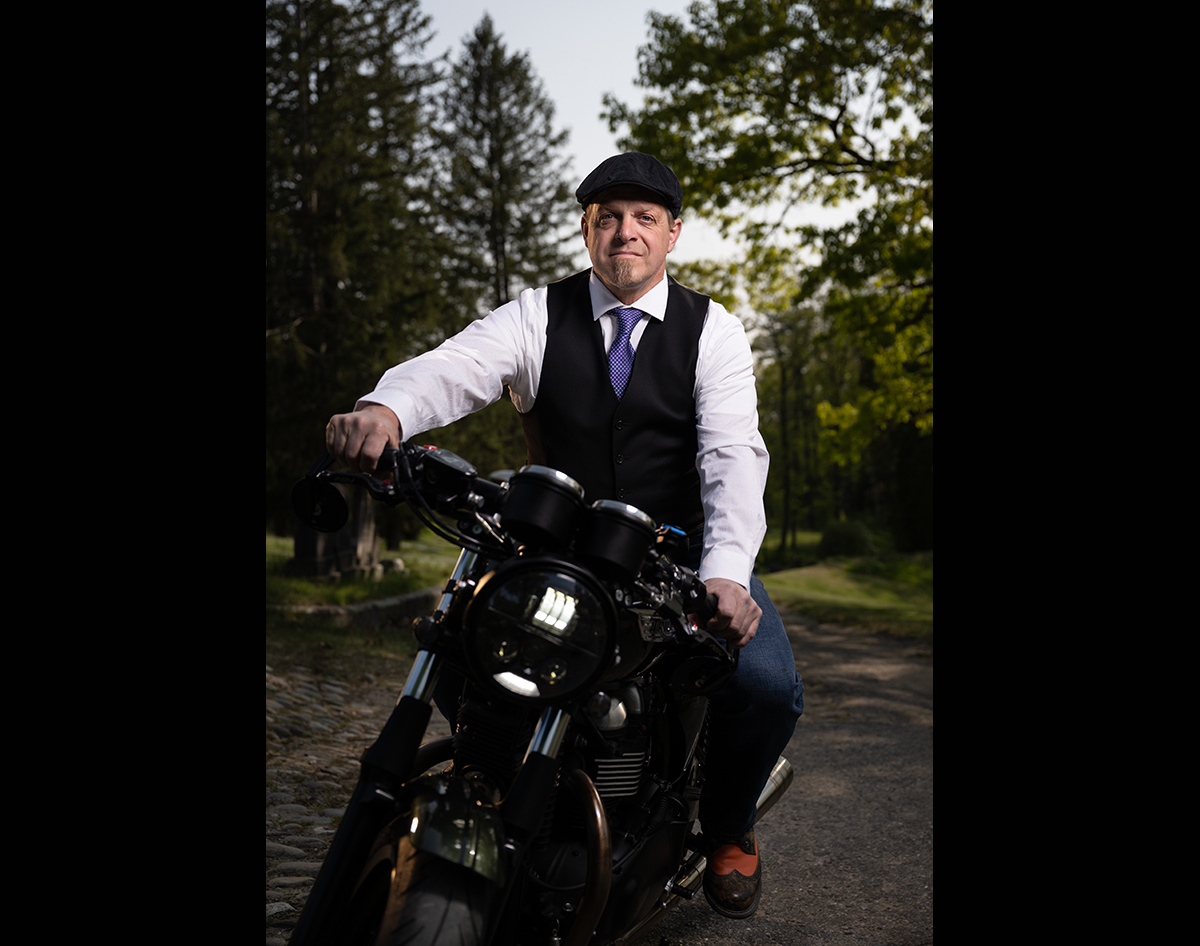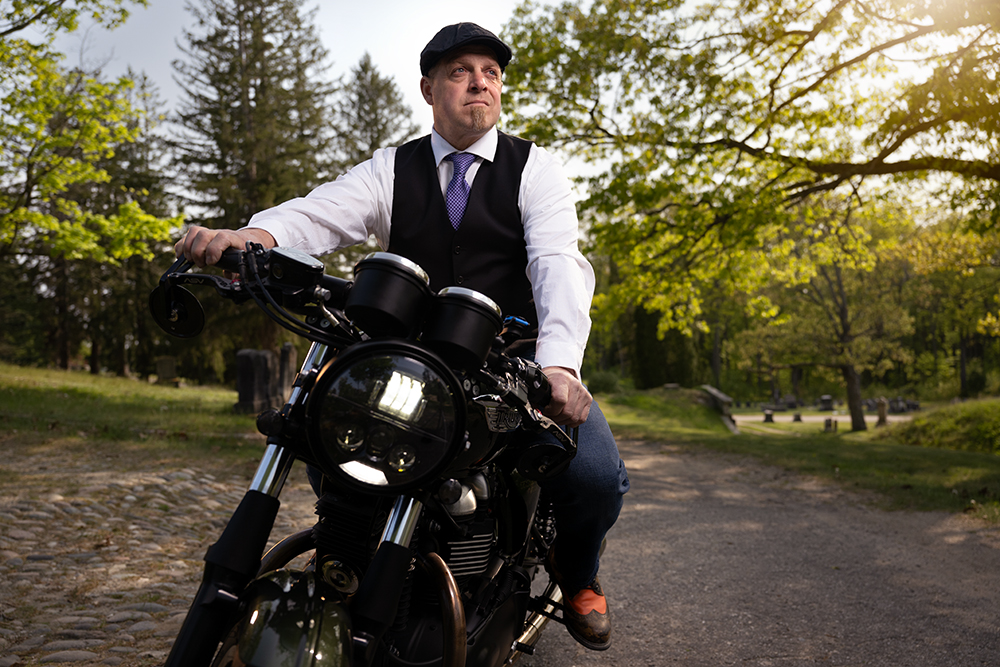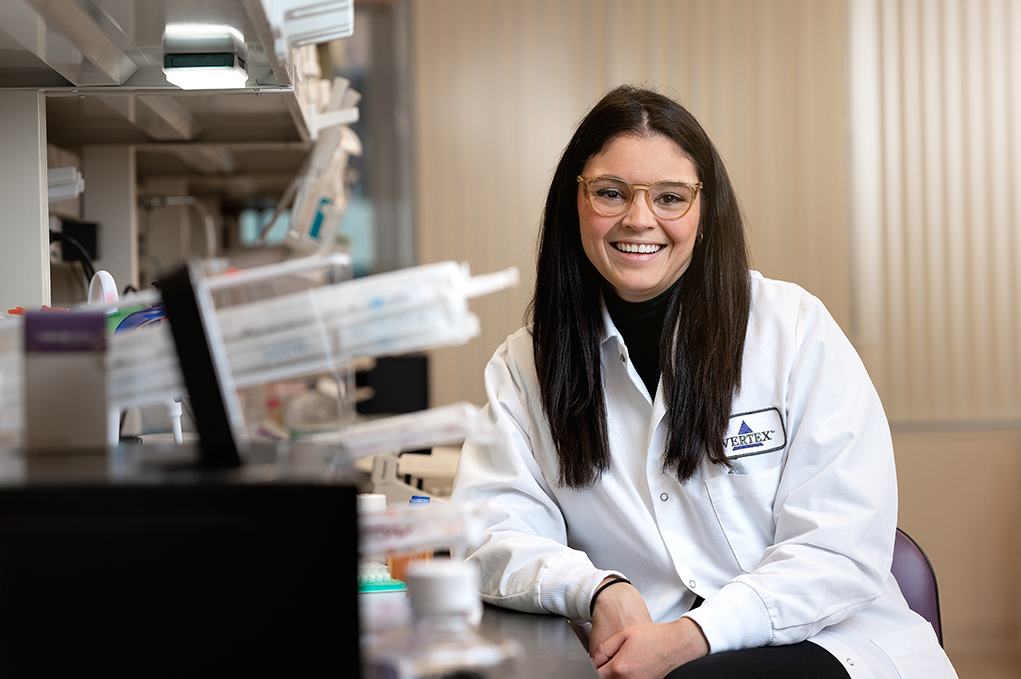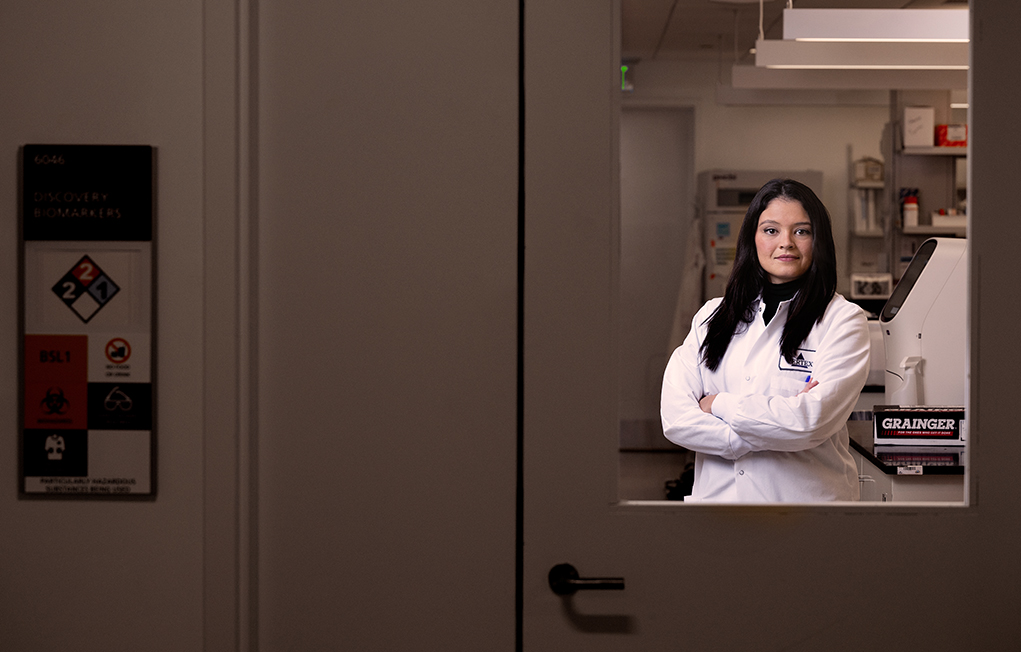
I’m excited to share one of the assignments I did for Colby College recently. This was to photograph Amanda Stent, the inaugural Director of the Davis Institute for Artificial Intelligence at Colby—the first such cross-disciplinary institute at a liberal arts college.
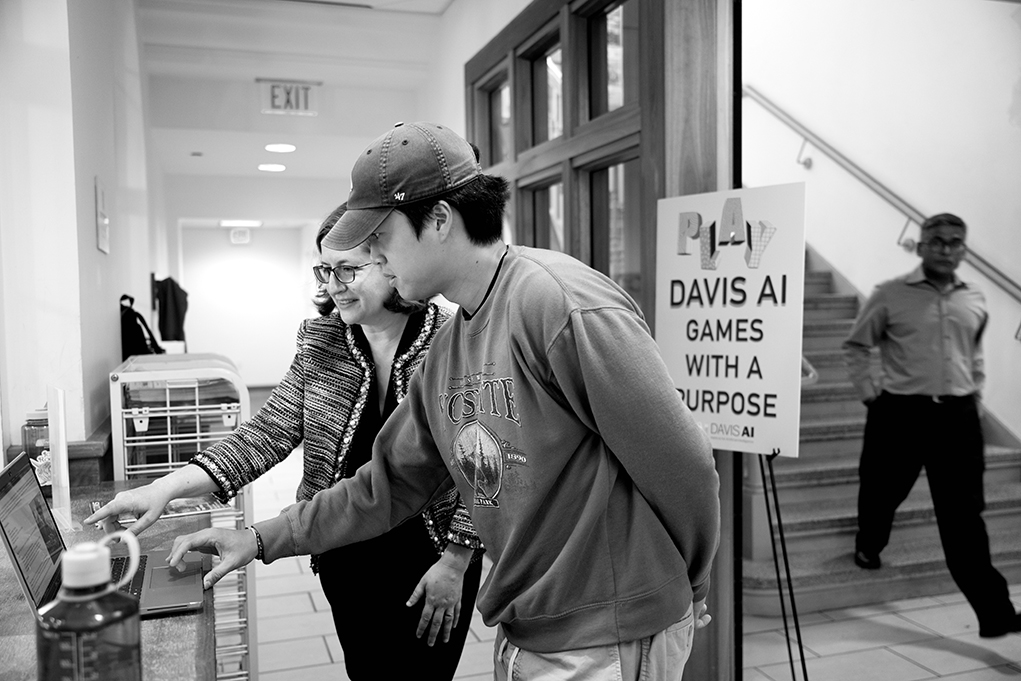
Stent, a renowned expert in Natural Language Processing (NLP), transitioned from her role as NLP architect at Bloomberg L.P., where she led their AI team. She has authored or co-authored more than 100 papers and is co-inventor on more than 30 patents in NLP. In short, Stent is a big deal in the world of AI, and her leadership of the Davis Institute will allow Colby to fulfill its goal of integrating AI and machine learning into a liberal arts framework.
Luckily, the Colby Campus provided a number of interesting environments for portraits and for interactions with students. It was important to try to give a sense of the academic environment as well as the innovative work being done there at Colby.
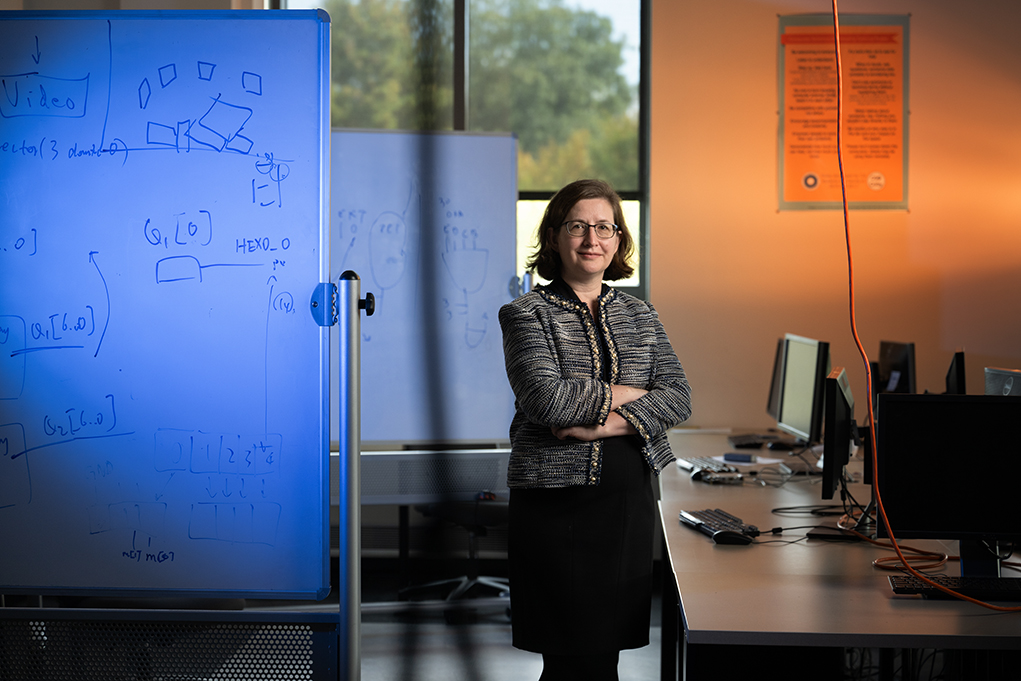

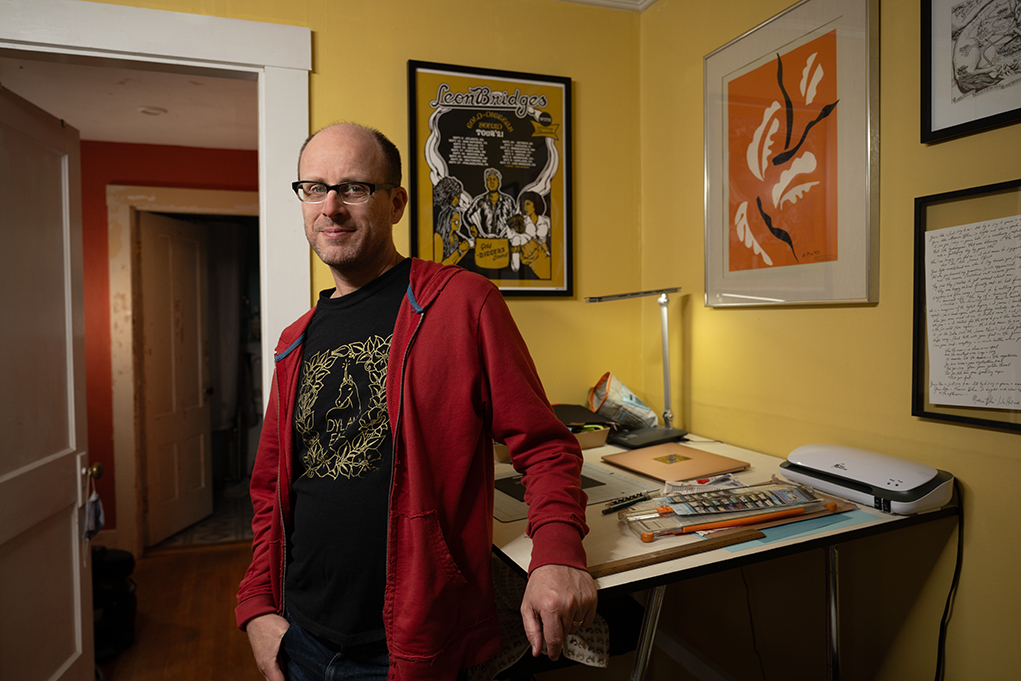

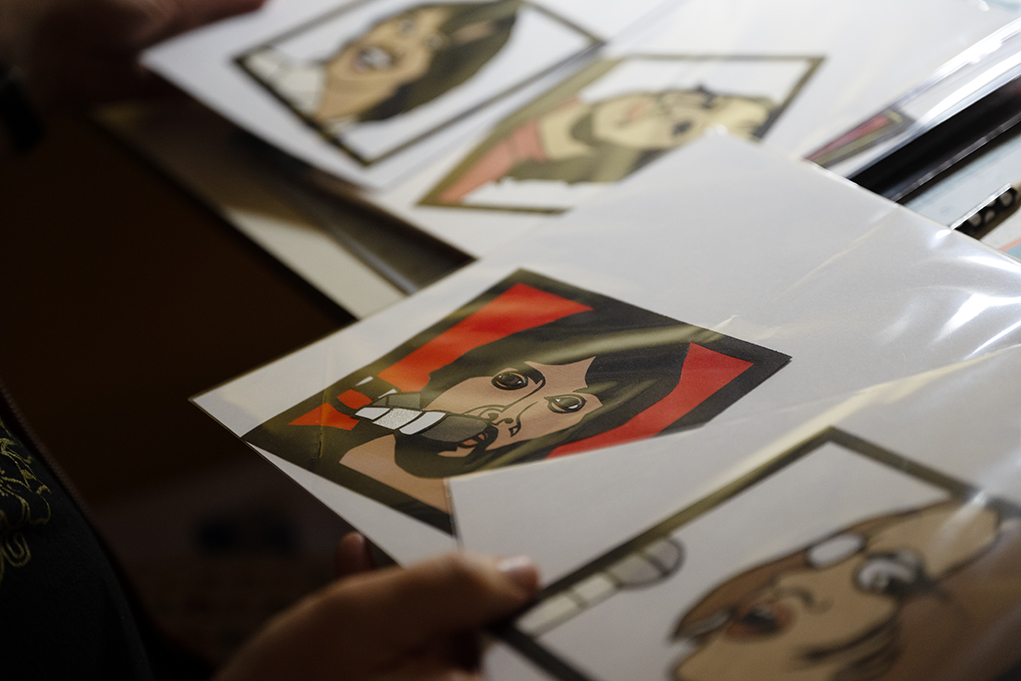

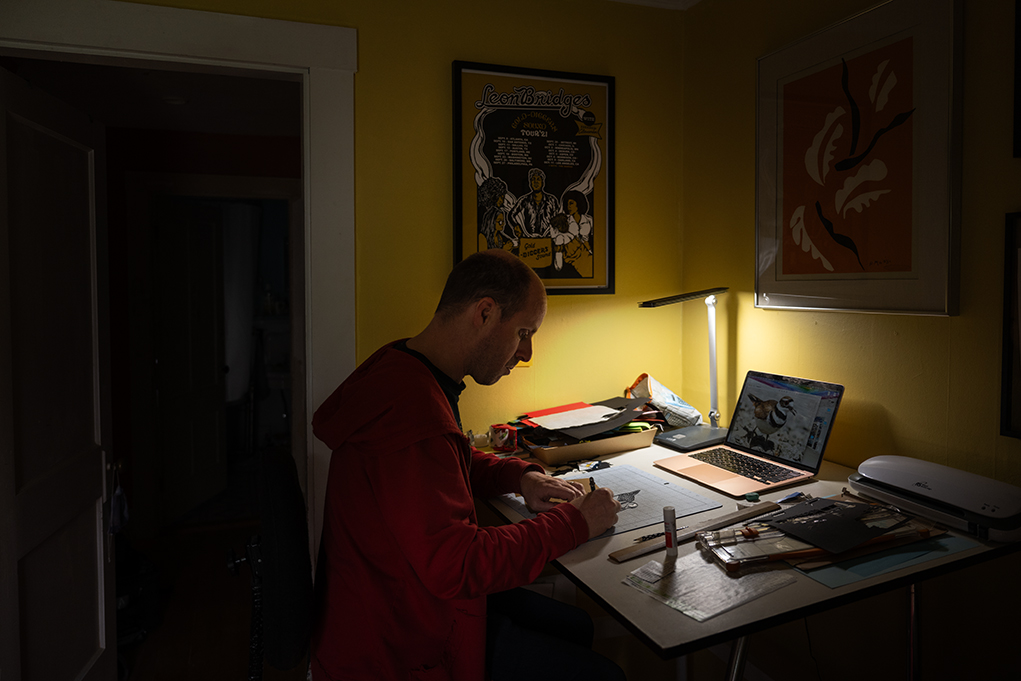
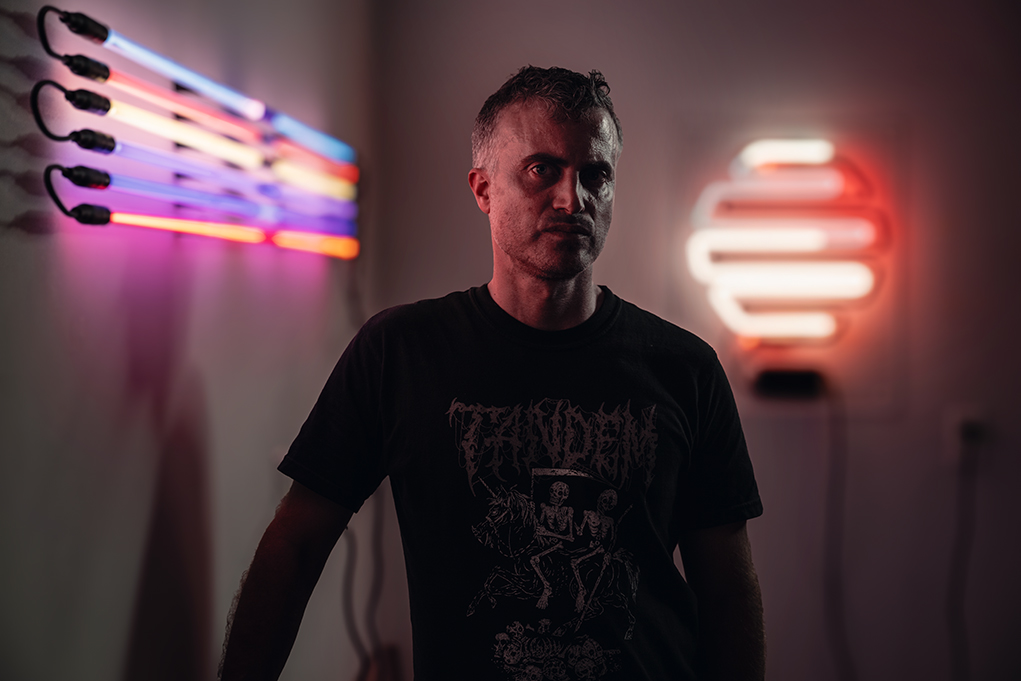


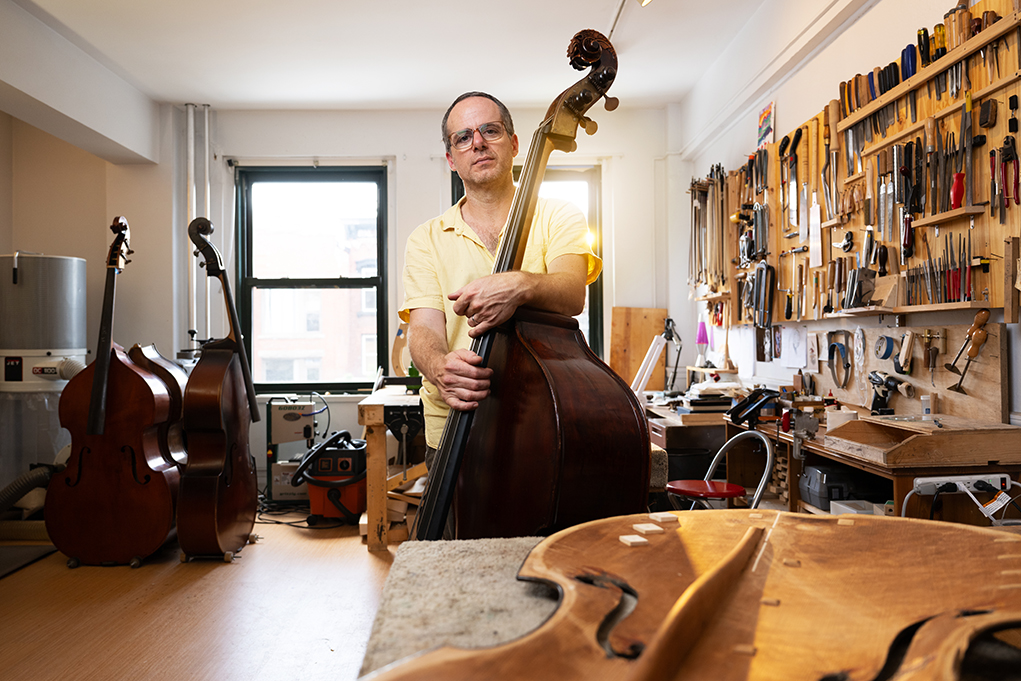
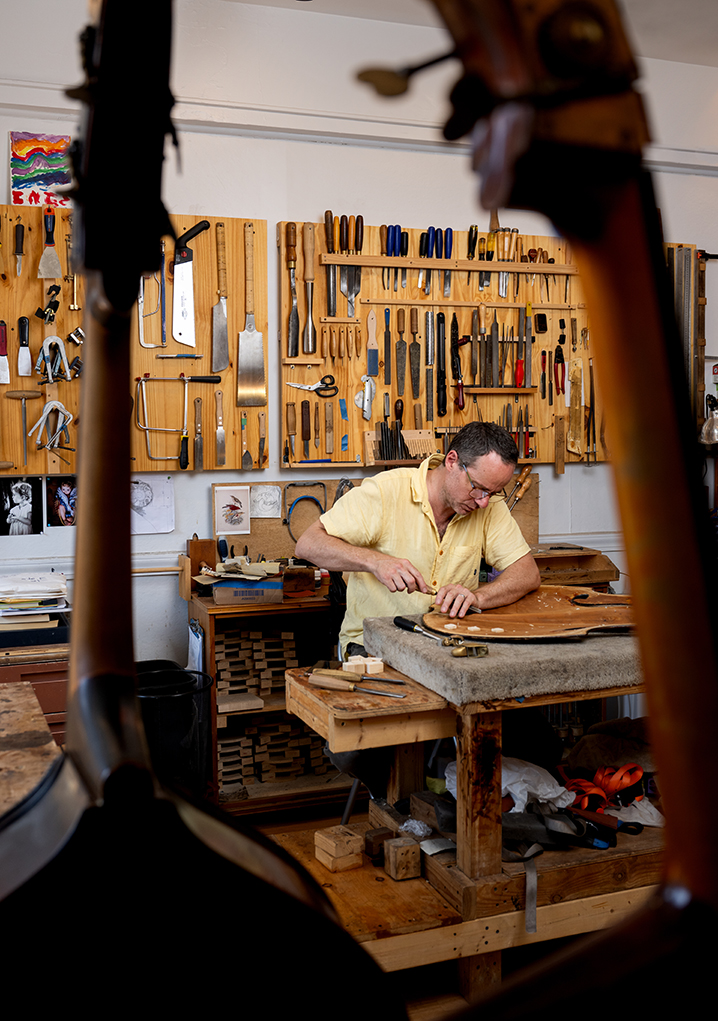
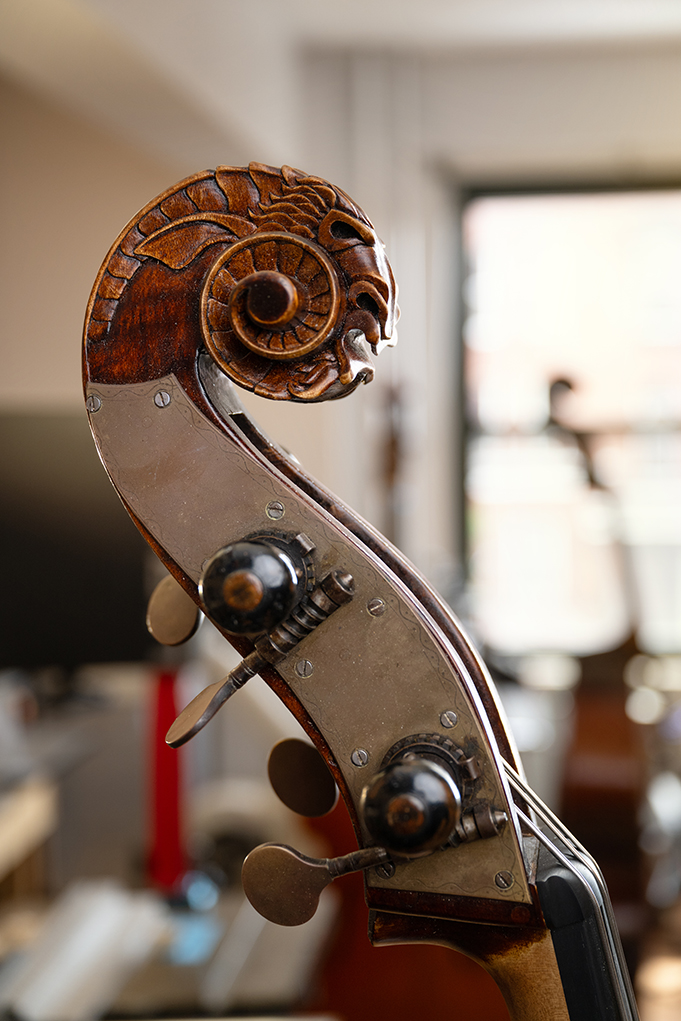

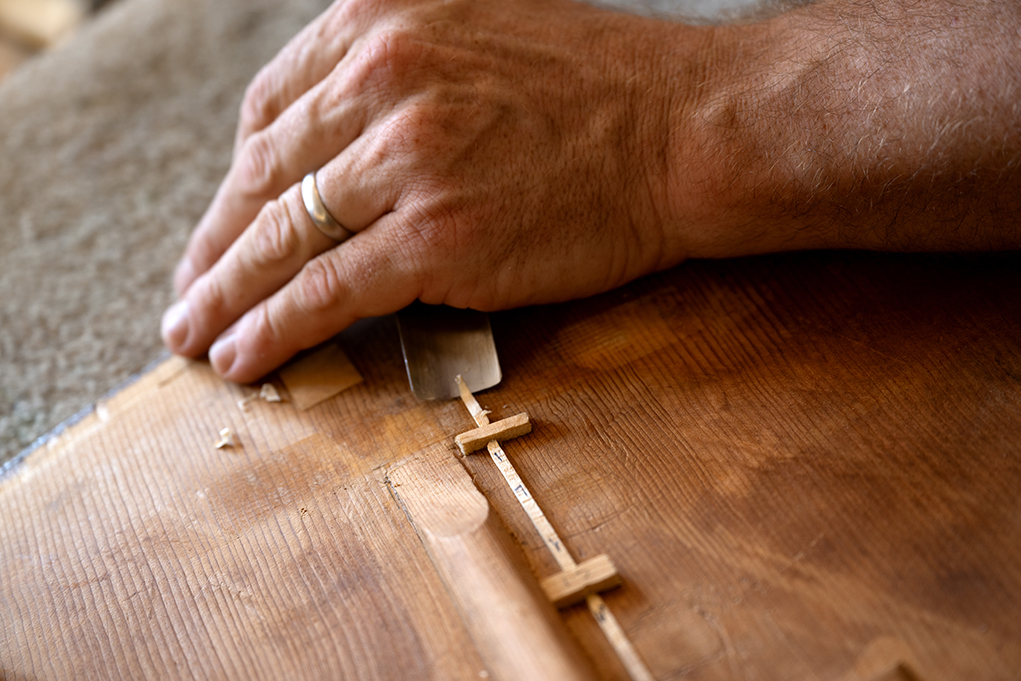
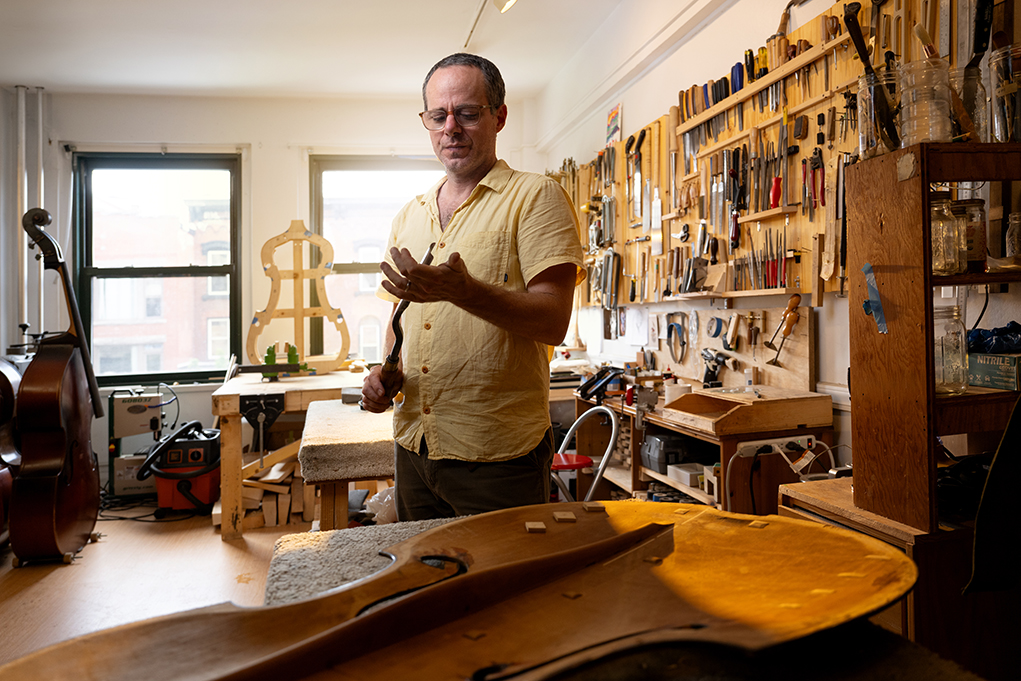
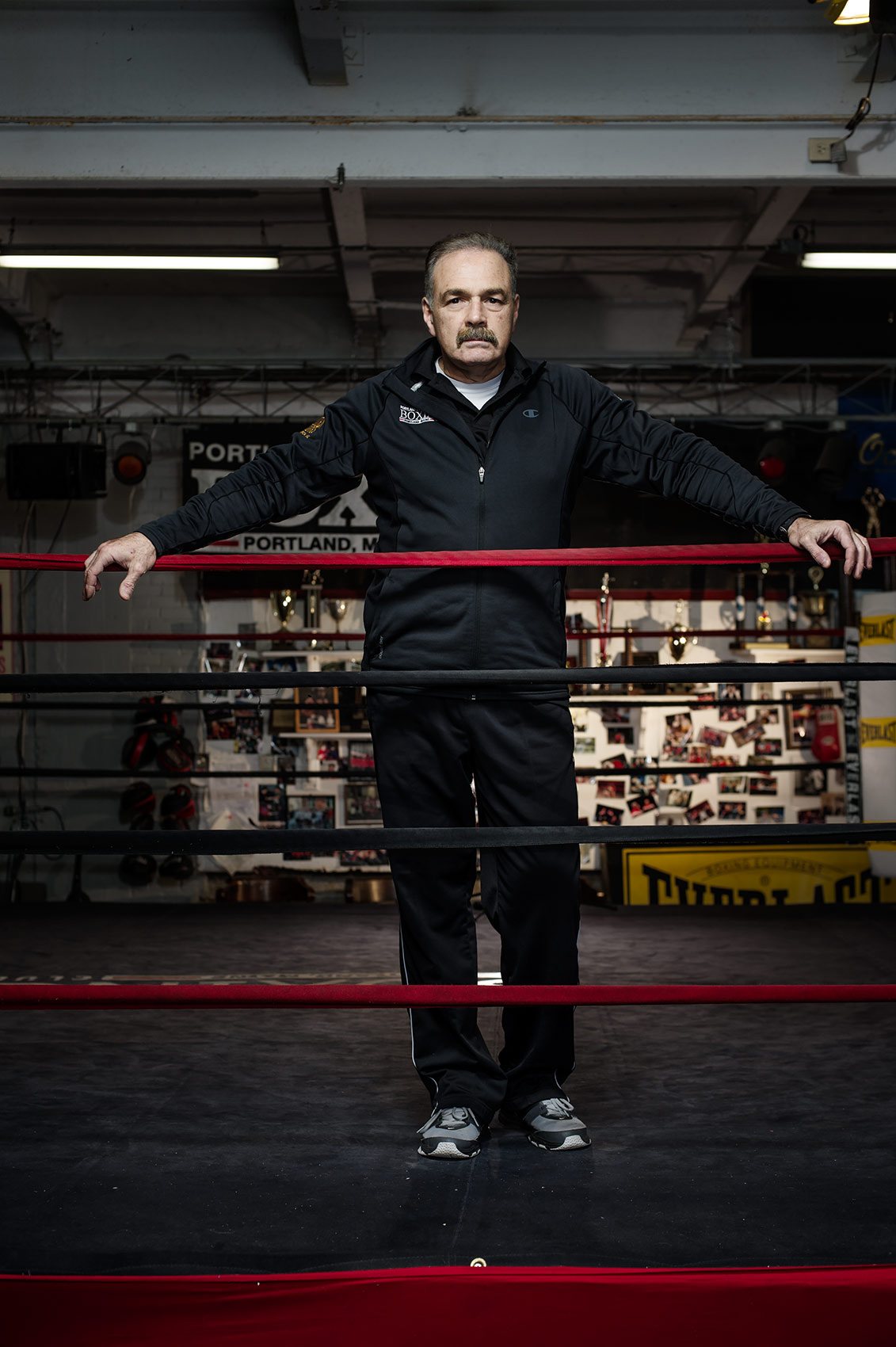
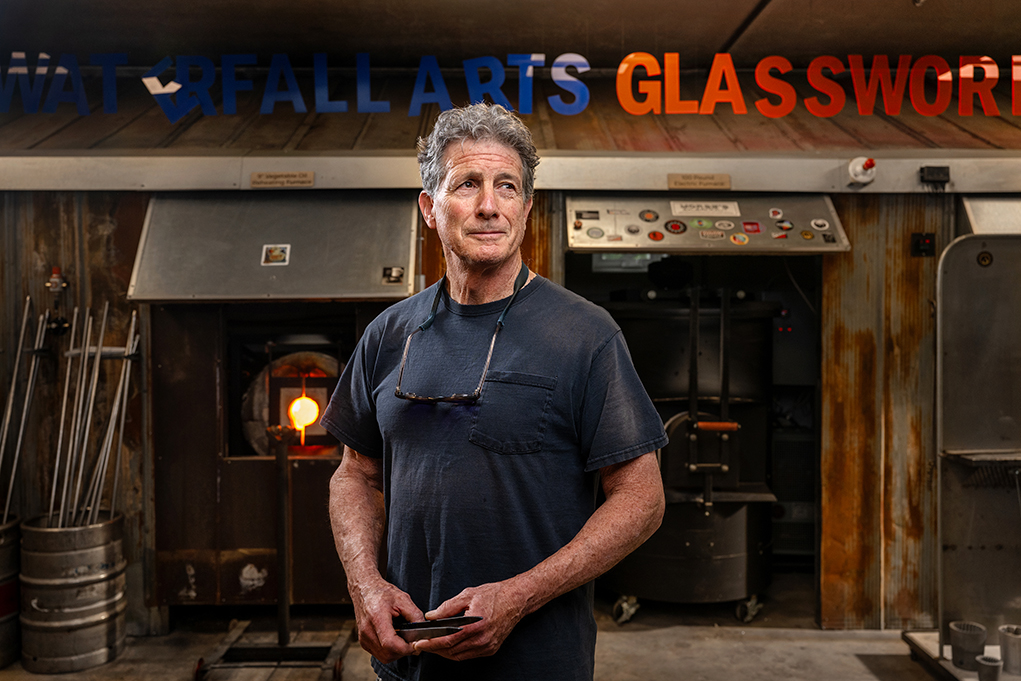
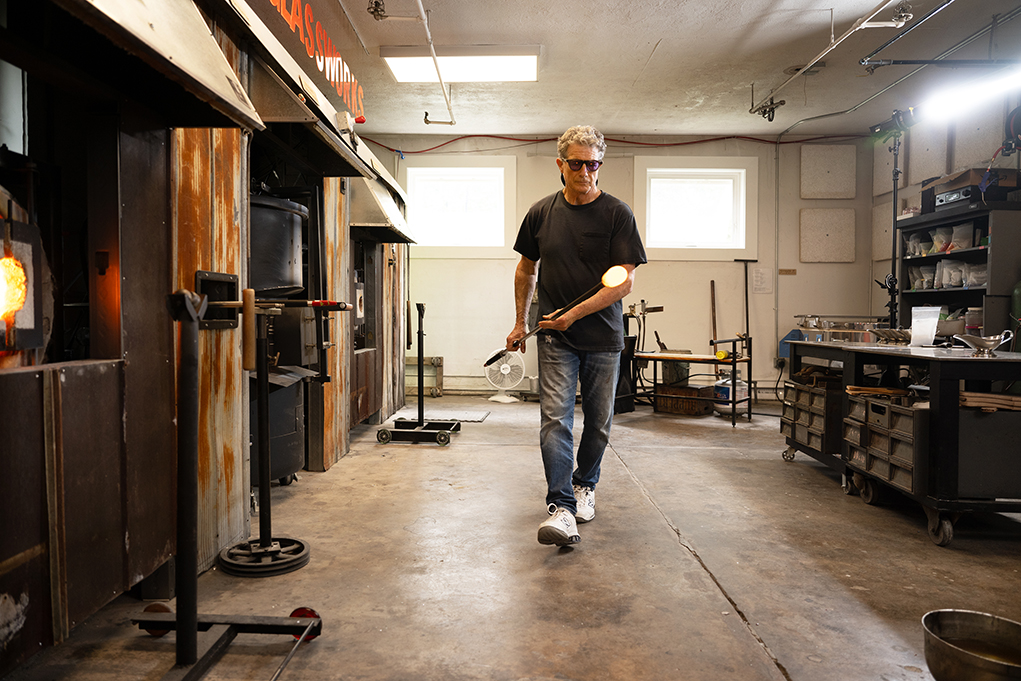
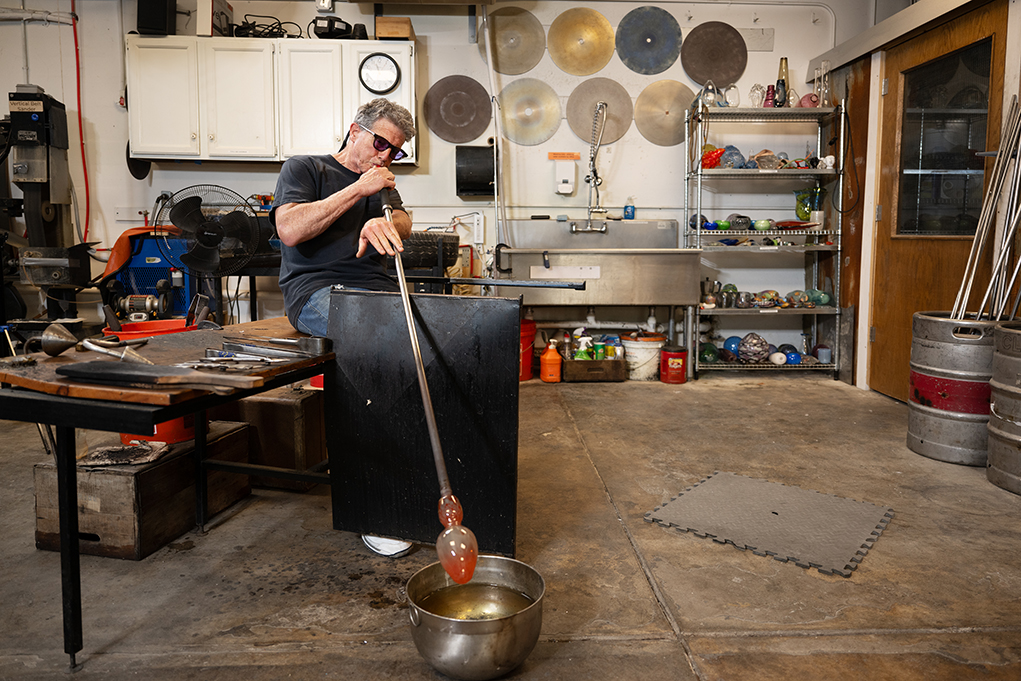
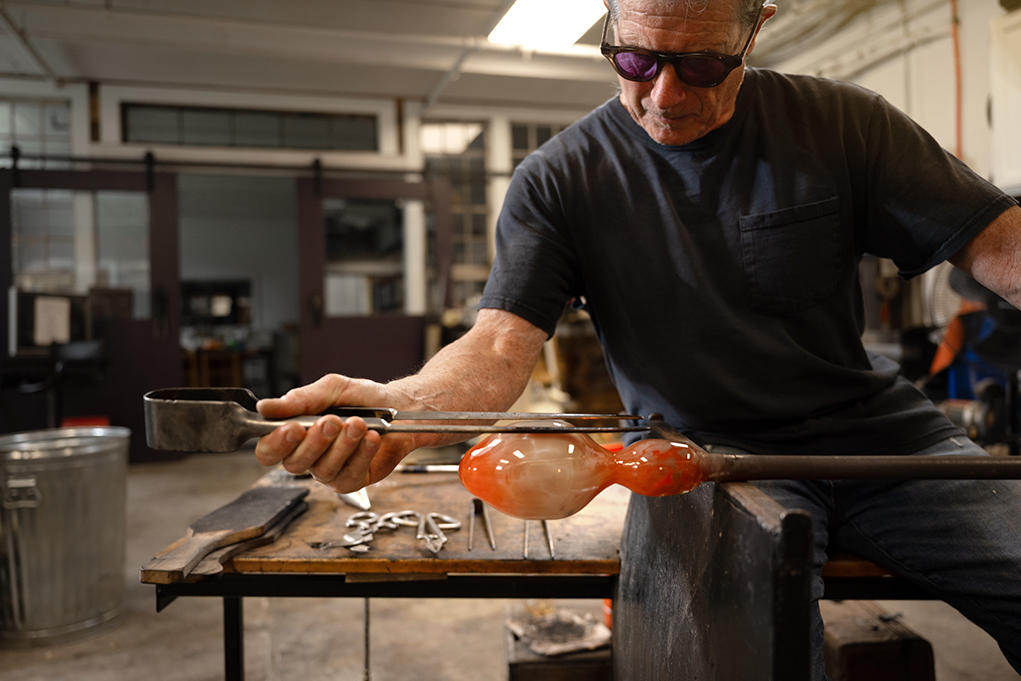
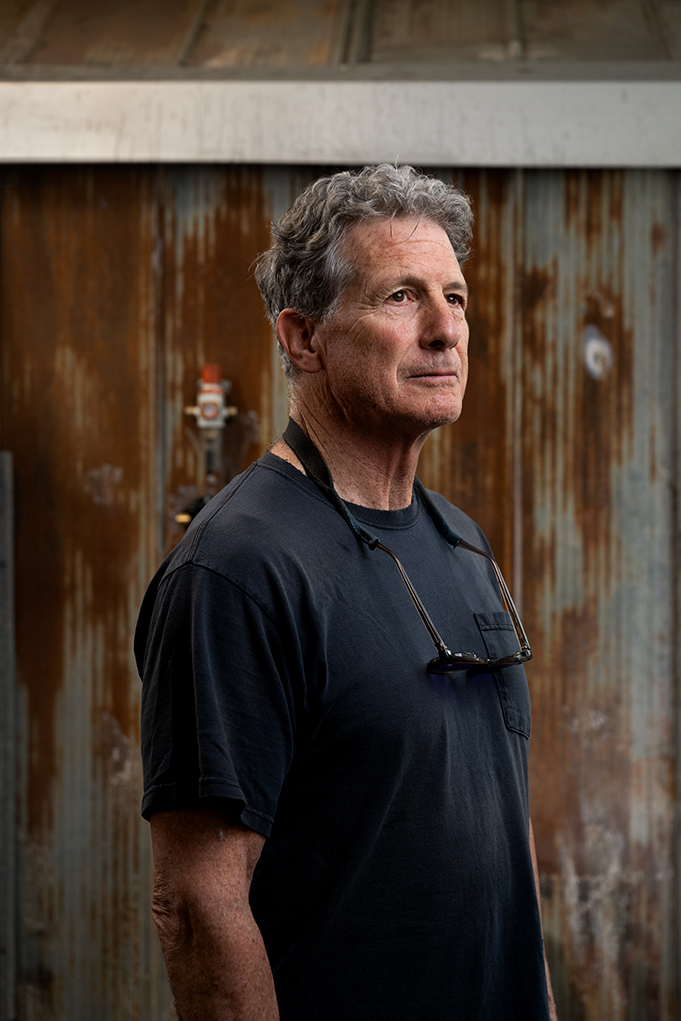
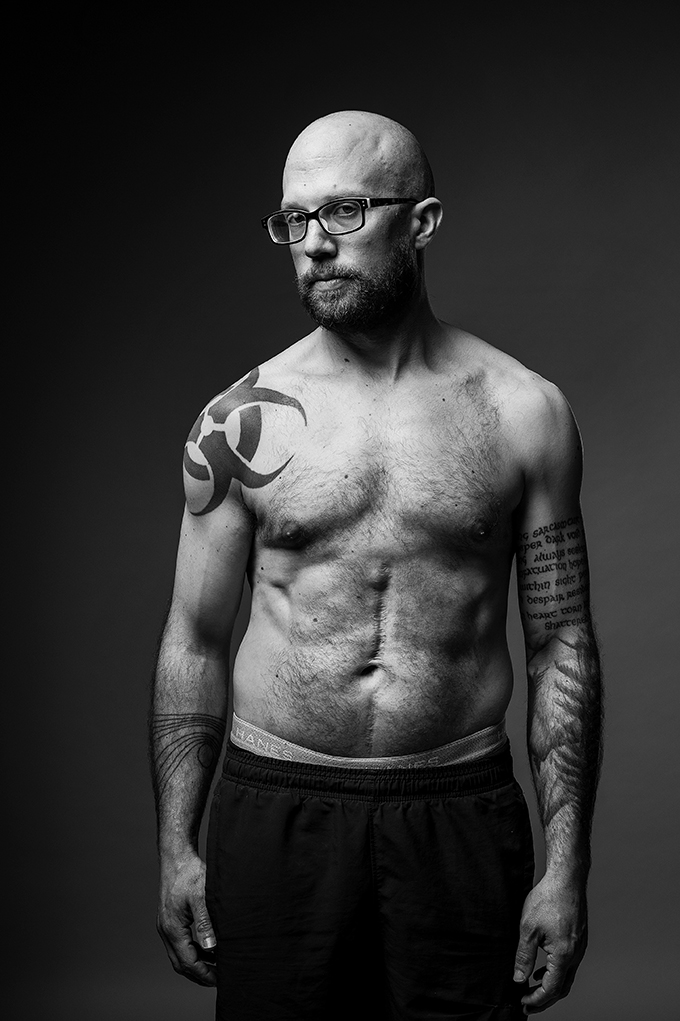
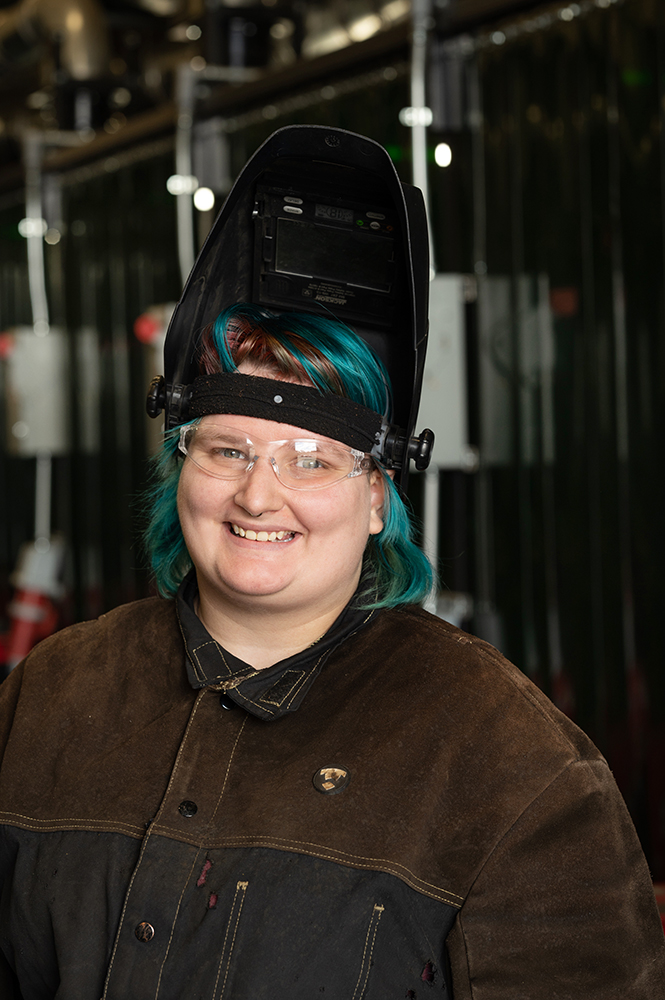


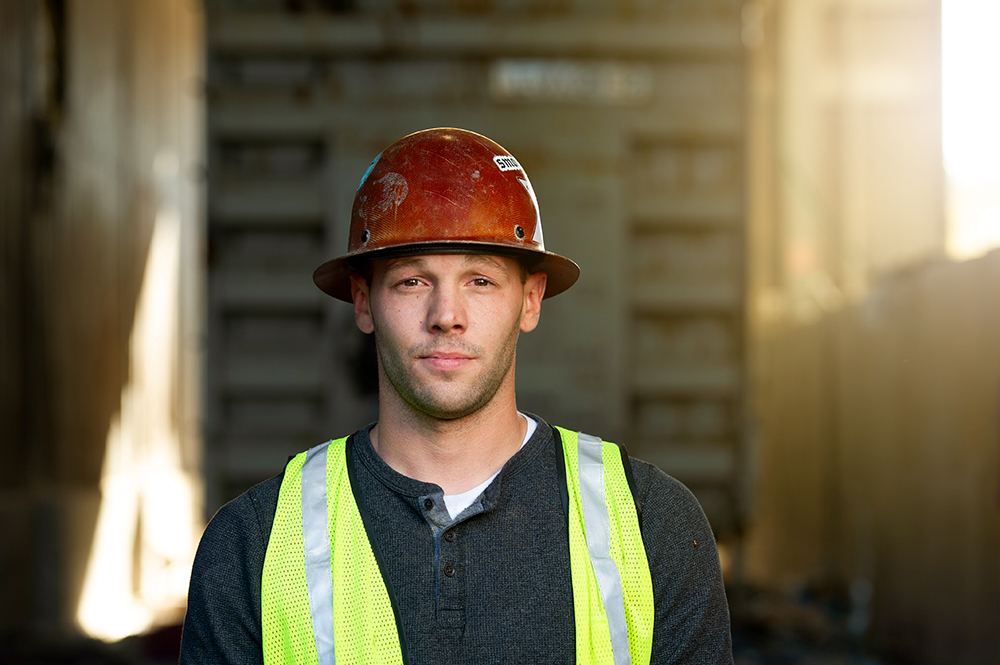
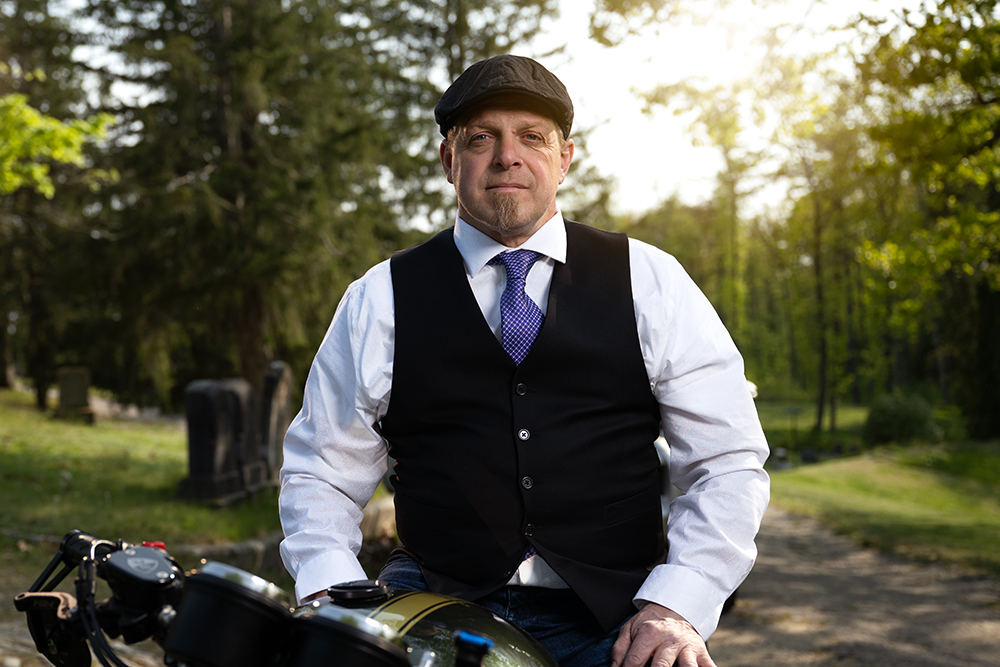 © Brian Fitzgerald
© Brian Fitzgerald